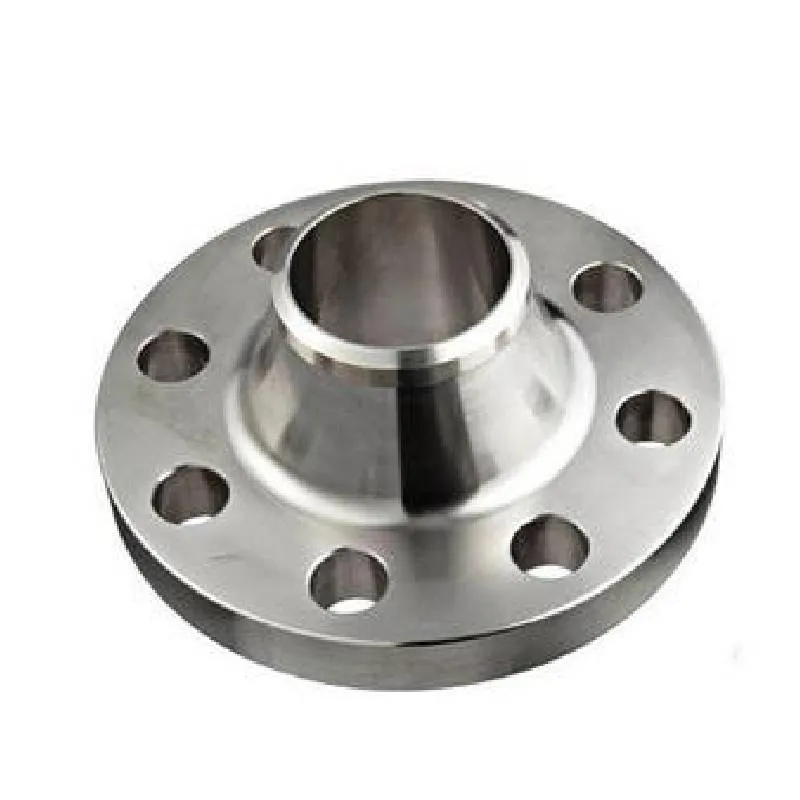-
Cangzhou Yulong Steel Co., Ltd.
-
Phone:
+86 13303177267 -
Email:
admin@ylsteelfittings.com

Nov . 24, 2024 06:37 Back to list
various types of flanges
Flanges are integral components in piping systems, used primarily to connect two pieces of equipment or piping together. They are essential for creating leak-proof seals that can withstand high pressure and temperature. The design and type of flange used can significantly affect the performance of a piping system. In this article, we will explore various types of flanges, their applications, and characteristics.
One of the most commonly used flange types is the weld neck flange. This flange is characterized by a long neck that allows for the flange to be welded directly to the pipe. This design provides excellent strength and integrity, making it ideal for high-pressure applications. Weld neck flanges are often used in industries such as oil and gas, chemical manufacturing, and power generation.
Slip-on flanges are another popular choice. They are designed to slip over the pipe before being welded in place. This type of flange is easier to align and install compared to weld neck flanges, making it a choice for lower-pressure applications. Slip-on flanges are commonly used in water and sewage systems, as well as in various industrial processes.
Blind flanges are used to seal the end of a piping system. They do not have a hole in the center and are essential for providing a quick way to close off a pipeline. Blind flanges are crucial in systems where maintenance or inspection will be required, allowing for quick access to the piping without needing to dismantle connections.
various types of flanges

Threaded flanges are another key type. These flanges have internal threads that allow them to be screwed onto a pipe, making installation easy and requiring no welding. However, they are primarily used in low-pressure applications, as they may not withstand high stress as effectively as welded types.
Lap joint flanges are designed to work with a stub end, which allows for easy alignment and flexibility during installation. This type of flange is typically used in systems that require frequent disassembly and reassembly.
Each type of flange has its specific applications and advantages. The choice of flange largely depends on factors such as the pressure and temperature of the media being transported, the required strength, and ease of installation. Industries such as oil and gas, pharmaceuticals, and construction heavily rely on these components to ensure the safety and efficiency of their systems.
In conclusion, understanding the various types of flanges and their respective applications can lead to better decision-making when designing or maintaining piping systems. By selecting the appropriate flange, engineers can enhance system integrity, improve safety, and ensure efficient operation across various industrial processes.
Latest news
-
ANSI 150P SS304 SO FLANGE
NewsFeb.14,2025
-
ASTM A333GR6 STEEL PIPE
NewsJan.20,2025
-
ANSI B16.5 WELDING NECK FLANGE
NewsJan.15,2026
-
ANSI B16.5 SLIP-ON FLANGE
NewsApr.19,2024
-
DIN86044 PLATE FLANGE
NewsApr.19,2024
-
DIN2527 BLIND FLANGE
NewsApr.12,2024
-
JIS B2311 Butt-Welding Fittings LR/SR 45°/90° /180°Seamless/Weld
NewsApr.23,2024
-
DIN2605-2617 Butt-Welding Fittings LR/SR 45°/90°/180° Seamless/Weld
NewsApr.23,2024











